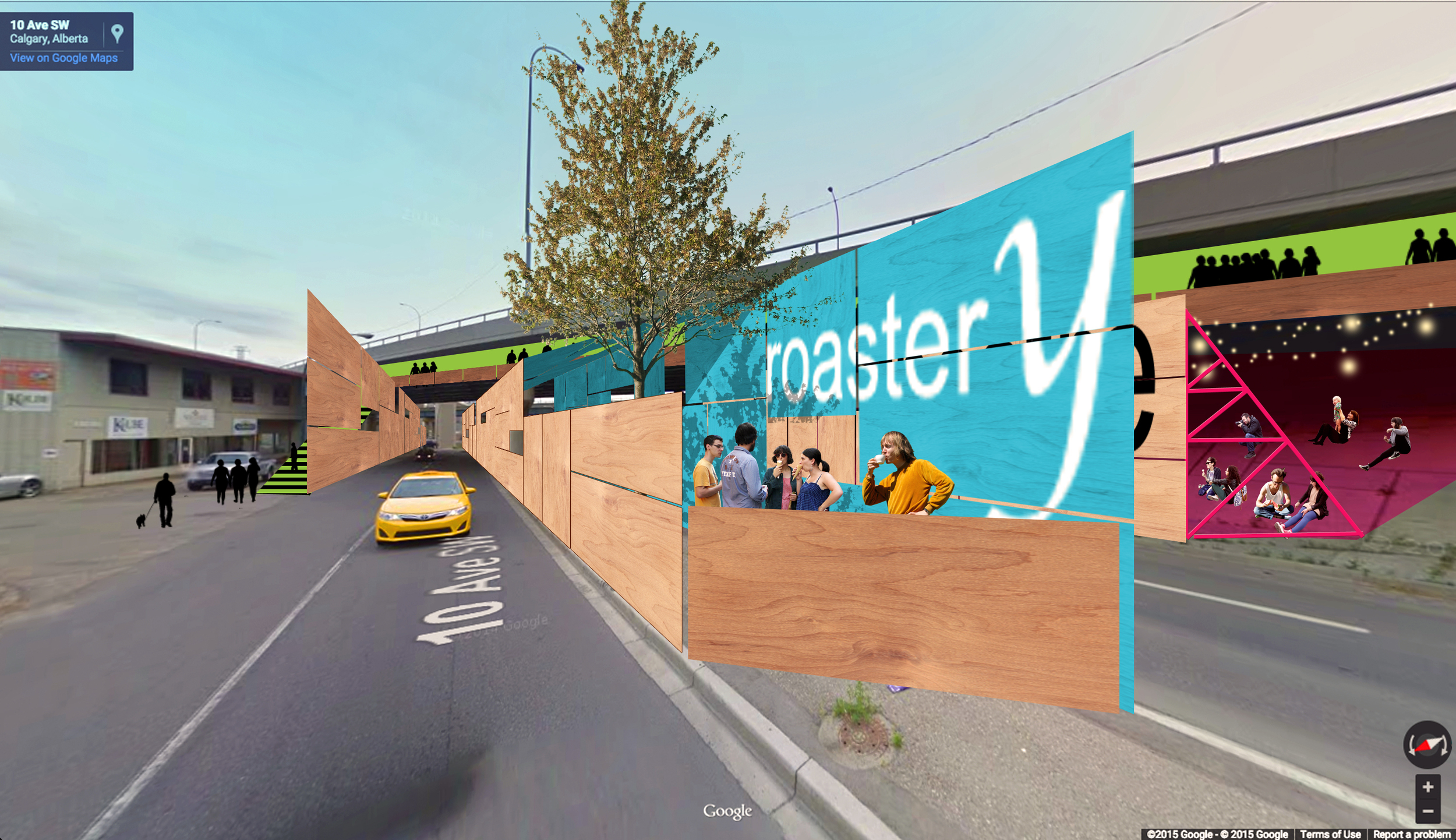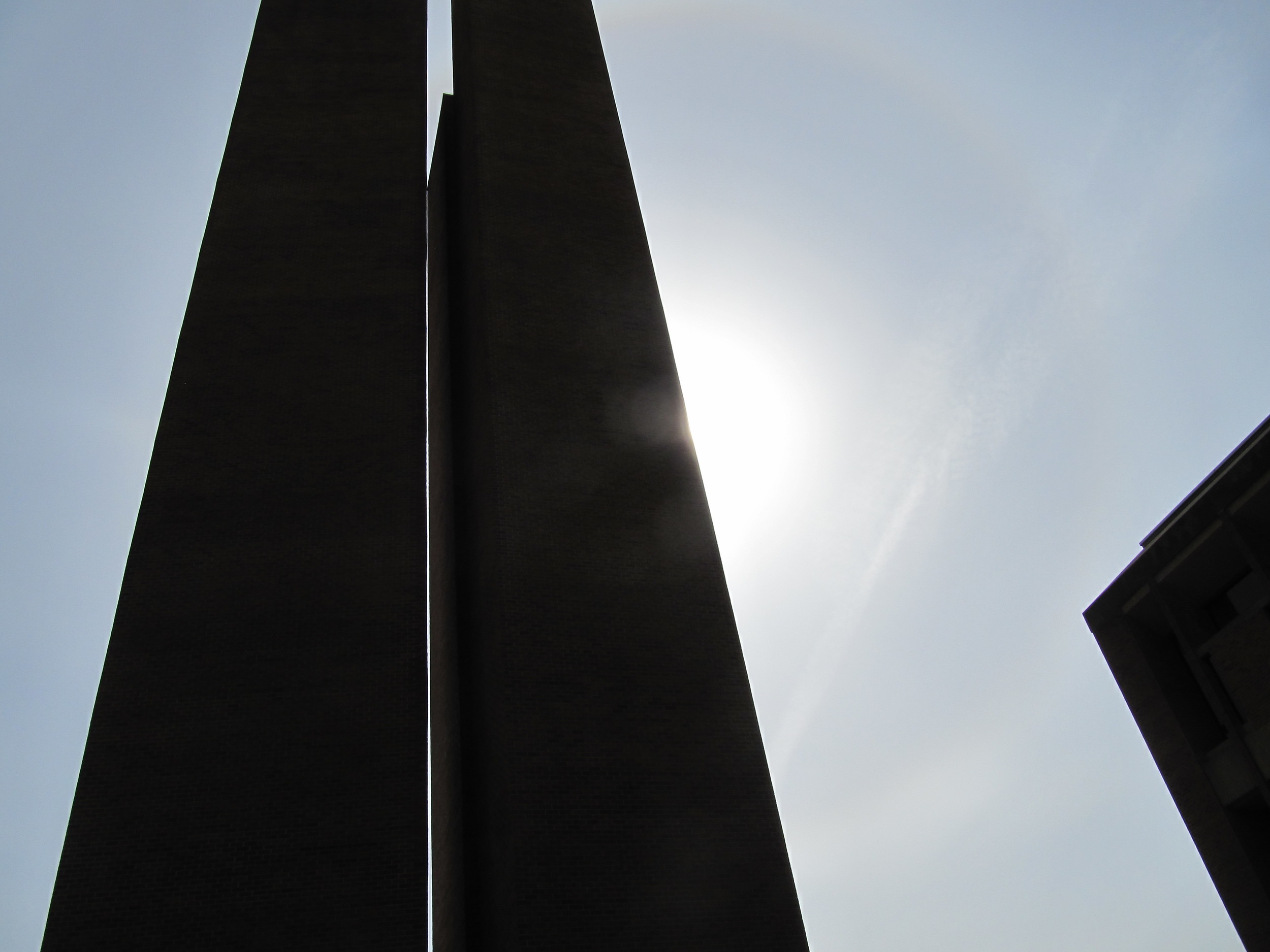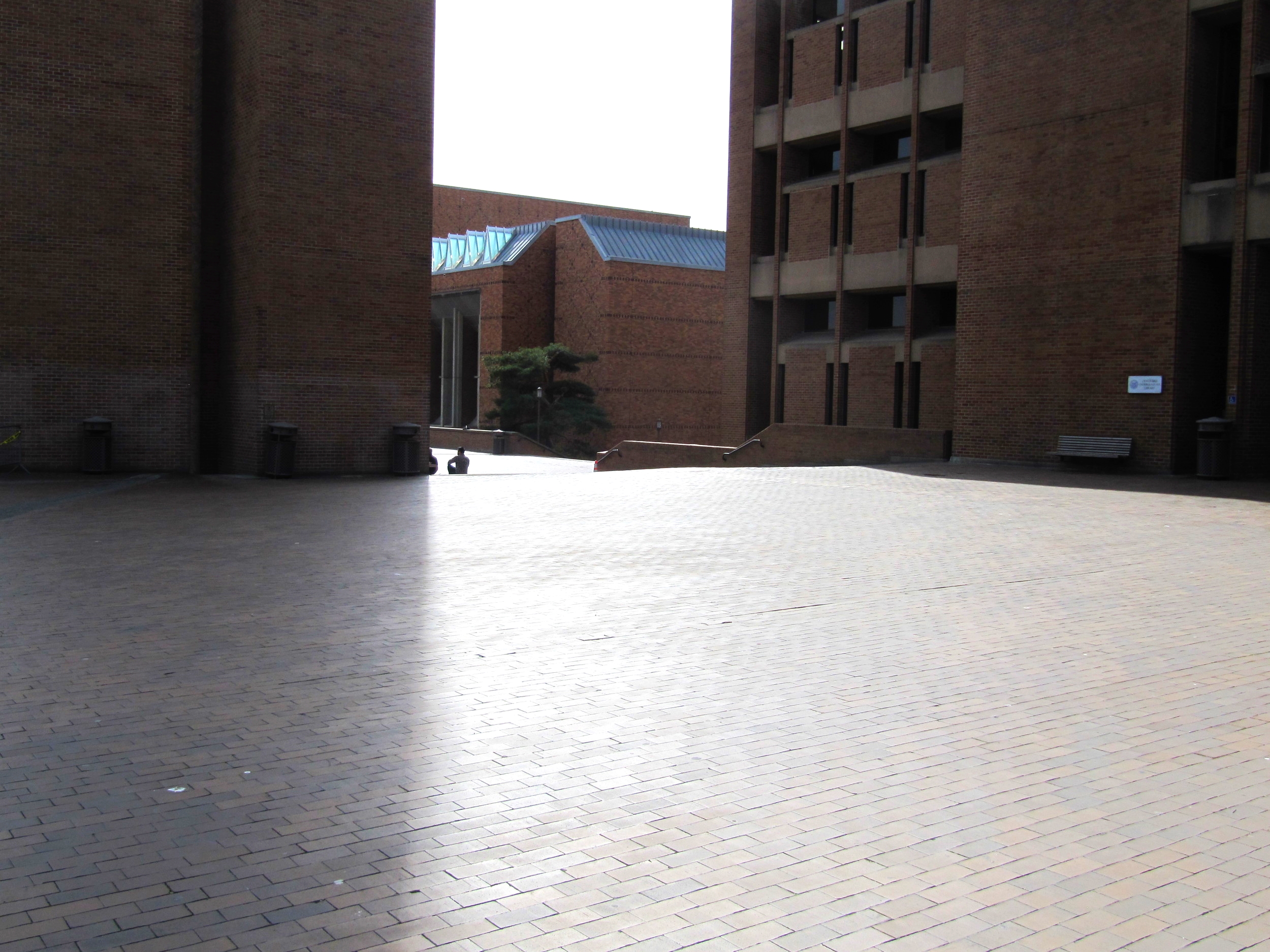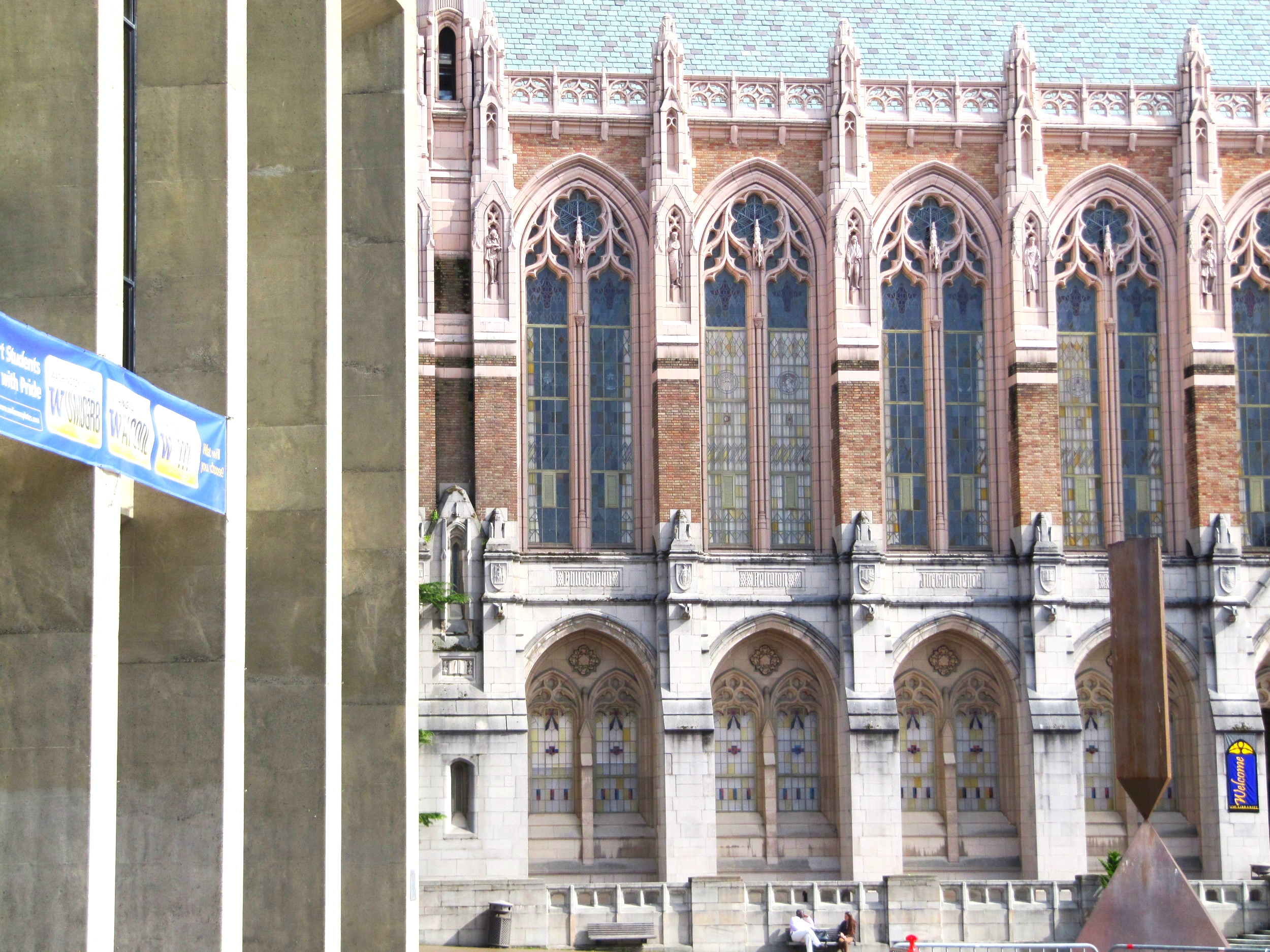One of the perks of being unemployed is that after many years I finally had some free time to take up a design competition. As I was looking for jobs in Boston I decided to enter an ideas competition to 're-envision Calgary's remnant public spaces' called Lost Spaces. The competition was put together by d.talks (Design Talks Institute), a grassroots non-profit organization dedicated to fostering collaborative and engaging public conversation about design and the built environment.
Lost spaces are empty areas of land often a product of modern day land use distribution where land is parceled into generic lots predicted to serve economic growth. Due to such commodification these areas loose community interest and end up being under utilized. On the opposite end the governance needs these areas to remain grey, unoccupied, in an attempt to avoid malicious use the property with an intent to protect the community. Such issues are quite common in a landscape that is never challenged by density or geography. Although the problem invites tremendous opportunity to reinvent built environments in conditions with dense and diverse demographics.
As technology is constantly shaping our social dynamic, and as our emotions speculate importance of the physical, the common ground seems an energetic mosh pit rich with an exchange for socioeconomic progress. What if we think of the lost spaces as energetic grounds powered by social capital that adapt to the needs and necessities of the community? How do we use technology to build human capital?
Lately I have been fascinated with the potential of data visualization and maps to arrive at convincing arguments. Open source platforms like OpenStreetMaps provide the ability to customize maps to read and compare any spatial data such as demographics, real estate sales, terrain, energy usage, traffic patterns, etc. With the right data comparison these maps can be as powerful as the finest journalistic imagery. These visual aids for analysis are becoming more and more commonly used by agencies like NYTimes for their reporting. Another data viz giant is Stamen Design out of San Francisco Mission Hill. Their collaborations produce visually stunning imagery rich with information leaving a depth of discovery to the audience. This is art! ... and a valuable tool to book end the idea of activating lost spaces. Following is a frame work of how the idea is conceived
Calgary Collective (CC) is a non-profit platform that is built with an intention to create a database of lost spaces in Calgary and seek avenues to develop them for community engagement. The platform spearheaded by passionate community leaders reaches out to the public through an open source web social network built on the foundation of transparency and social change.
The web platform for Calgary Collective is built to power the crease between its two folds;
. Land bank, a database of the lost spaces is characterized based on local conditions
like demographic, access, shape, size, traffic adjacency, access to day light, vegetation, soil conditions and special characters.
II. Social capital, an energetic forum that reaches out to the public ideas, volunteers and partnerships, with the cause to adopt lost spaces and convert them to a fascinating enterprise.


























